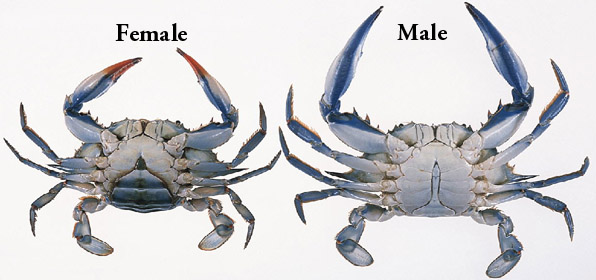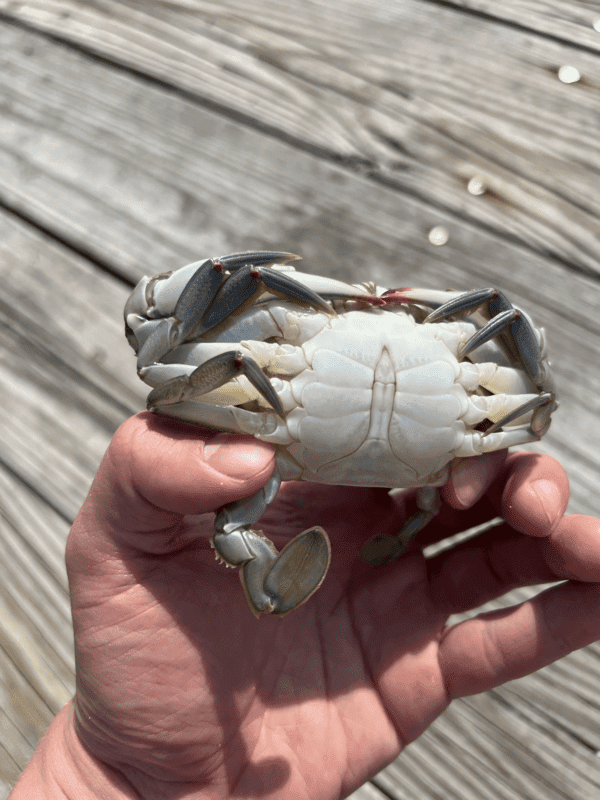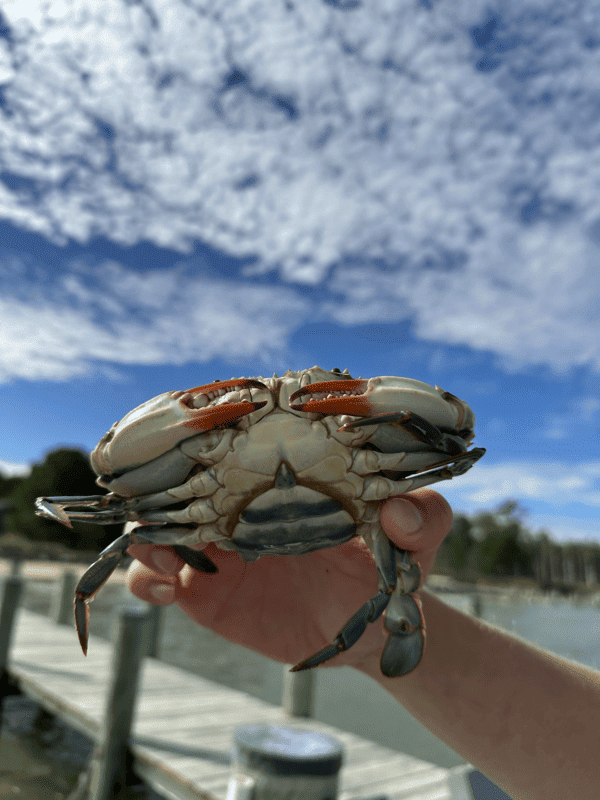Crabs are a delicious delicacy that many seafood lovers eagerly await during summer A highlight of eating crabs is the unique, tangy flavor provided by the yellow-orange crab mustard found inside the shells But an intriguing question arises – which crab has mustard, the male or the female? Let’s crack this case wide open.
Understanding Crab Anatomy
To get to the bottom of this mustard mystery, we first need to understand some basic crab anatomy. Crabs are crustaceans with a tough external skeleton and ten legs, the front two of which are modified into claws used for defense and catching prey. They have complex sensory organs like eyes and antennae to detect food and predators.
Male and female crabs can be identified by examining the shape of their abdomens. Males have a narrow, pointed abdomen, while females have a wider, rounded abdomen to accommodate egg development.
What Is Crab Mustard?
The crab mustard is primarily composed of the hepatopancreas, an organ with functions similar to the liver and pancreas in humans. It filters toxins, digests food, and stores energy. The mustard’s color indicates the crab’s diet and health – vibrant orange signifies a healthy diet.
Is Crab Mustard Safe To Eat?
Consuming crab mustard does carry some risks, as the hepatopancreas can accumulate environmental toxins like heavy metals. Only eat mustard from crabs caught in unpolluted waters, after consulting local health advisories. Avoid mustard from crabs in contaminated areas.
Crab Mustard Occurs In Both Sexes
Here’s the big reveal – both male and female crabs contain hepatopancreas mustard! The myth likely arose from some key factors
-
Size Difference: Females and sponge crabs appear to have more mustard as they’re larger.
-
Misidentification: Some mistake female crab roe (eggs) for mustard. While edible, roe is different than hepatopancreas.
-
Regional Recipes Cuisines favoring one sex likely reinforced the mustard gender association
So the secret is out – crab mustard gender doesn’t discriminate!
Frequently Asked Questions
What does crab mustard taste like?
Crab mustard has a complex flavor described as sweet, briny, and slightly bitter. Its taste depends on the crab’s diet and habitat. Some love its intense hit, while others dislike its peculiar taste.
Is crab mustard nutritious?
Yes, crab mustard contains healthy vitamins, minerals, and fatty acids. However, toxin accumulation often outweighs potential benefits, so it’s not recommended solely for nutrition.
How do commercial crab processors handle mustard?
Most processors remove the hepatopancreas during meat preparation to ensure consistent, safe products. Standalone mustard sales are rare given contamination concerns.
Does crab species affect the mustard?
Yes, crab species influences mustard taste, texture, color, and safety profile. Larger crabs of high quality from unpolluted waters likely have the best tasting, safest mustard.
Is crab roe the same as mustard?
No, crab roe (eggs) and hepatopancreas mustard are completely different. Roe is generally safe when cooked properly. Mustard may contain accumulated toxins so poses higher risks when eating.
The Takeaway
The verdict is in – both male and female crabs can produce the briny, delicious crab mustard substance we all know and love. While appealing, exercise caution with mustard consumption. Understand your crab source, follow local health advisories, and enjoy your crab feast safely. Case closed!

Male blue crabs have a pointed apron.

The above is a small male blue crab I caught at Holt’s Landing Pier in Delaware. It’s one of my many crabbing spots you can read about in my Crabbing Spot Directory.
This crab recently molted, which makes its white underbelly very white and clear to look at. It’s underbelly is another word for abdomen. In the center of its abdomen, you can see a narrow pointed “apron.” That is the main differentiator between male and female crabs.
A common analogy in Maryland is that the male apron on a crab looks like the Washington Monument, while the female’s apron looks like the Capitol Building (Source).
Female crabs have a wide and round apron.

I caught this female crab in Taylor’s Island, MD. What’s awesome about this crab is you can clearly see her two distinct features:
- Her abdomen is rounded, unlike the narrow pointed apron on a male blue crab
- Her claws are bright red. Crabbers call this the crab’s lipstick. It’s a clear differentiator between male and female crabs
Expert crabbers use the lipstick trick to separate the two without looking at each crab’s underbelly. This is important because many states restrict the catch of female crabs to protect their populations. If you’d like to read your state’s crabbing regulations, I put together a directory of each: Crabbing Rules & Regulations by State.
